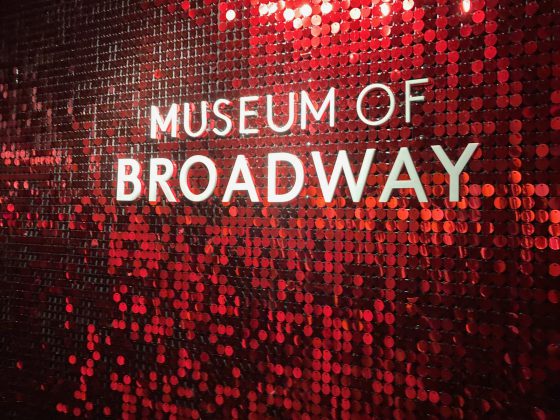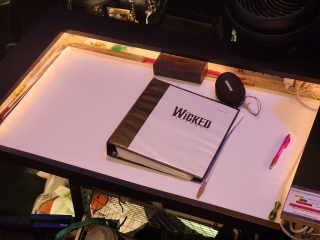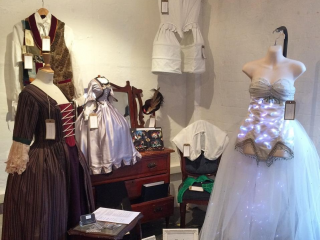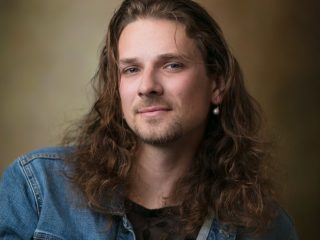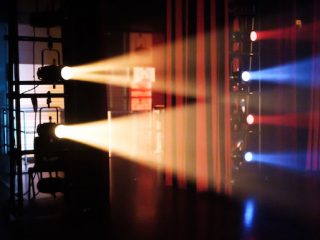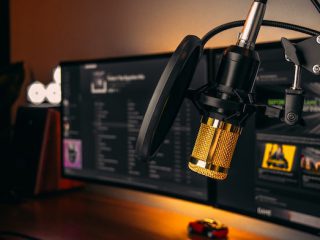Earlier this week, I had the privilege of sitting down with superstar West End technician, Jack Wigley. Currently head of automation on Back To The Future, Jack has graced many stages (though the audience would never see him!) in shows like Shrek the Musical (UK Tour), The Red Shoes (UK Tour), and Frozen, Aladdin, and Beauty and the Beast with Disney Cruise Line. But what does automation entail, and how do you find your feet in the business? Let’s find out!
Originally from Wakefield, England, Jack learnt how to be a technician on the job and has worked his way up from a small hometown theatre to a big West End stage. He is hardworking and kind and lucky for me, generous enough to take the time to sit in a small Covent Garden café answering my questions before heading off to work two shows.
Q: Can you give us a brief explanation of what automation is in theatre?
JW: Yes! So, automation is the art of moving scenery and props using motors and computers as opposed to being pushed by crew. This could include fly pieces coming in and out, set moving around the stage, a bespoke unique set piece (like a DeLorean car!) or performers flying to name a few.
Q: Is Back to the Future a heavily automated show?
JW: It’s not heavy because of how many things are automated, but the way everything is used makes it very busy. We have 20 axes (every individual moving element is an axis) made up of 5 deck tracks, 1 big revolve, 7 fly pieces, and the car which has various elements to it. So, it’s not a lot of stuff, but all those things are used a lot.
Q: Tell us about your technical journey so far.
JW: I knew I wanted to be in stage management, so my first job was as a general technician in a small theatre in my hometown doing that, lighting, sound, all the things. I didn’t go to university; I went straight into that theatre job from school and was very lucky that I made the right contacts to get offered the Jesus Christ Superstar tour as Assistant Stage Manager (ASM). Unfortunately, that was cancelled but off the back of that, I was offered the Shrek tour as tech swing.
A tech swing in a UK tour will cover different departments, so I did stage management, automation, and sound. That’s when I started learning about automation and how cool it was and the possibilities you can do with it, and I got the bug! I started pursuing automation more seriously and went to work for Disney Cruise Line as an automation technician where I learnt loads. I came back to the UK and went on tour as an automation operator on The Red Shoes and then went back to DCL and worked my way up for another 4 years.
Q: Can you speak a bit more about how you got your first job for those who might be in a similar situation?
JW: Growing up as a teenager, I participated a lot in amdram around my area; acting, helping backstage, and I really enjoyed it. When I booked my first job, I didn’t have anything on my CV. It was a bottom level entry job; they weren’t looking for someone with experience, just someone with genuine interest in the work. Personally, I don’t feel I missed out not having gone to school. I was very lucky to grow up somewhere that had a small theatre that was willing to take someone on in that capacity. However, it is a lot harder when you want to get into London in the beginning but once you have a few things on your CV it’s fine, because your experience starts to matter more than your degree. For example, with BTTF, I got the job by emailing the production manager and saying this is who I am, and this is what I’ve done.
Q: Can you talk us through your normal one show day routine?
JW: The show is at 7.30pm so we’ll start at 4pm. We turn on our systems and at 4.15 we start our rig check. This is where we go through every single moving element, moving them to their furthest travel and back again to make sure that everything works and there are no unusual noises coming from the motor. That usually takes about 45 minutes. The reason we do this at 4 o’clock is so that we have time to fix it should something should go wrong. But assuming everything is okay, we’ll help the crew reset before breaking at 5.30. At 6.30, we come back to the stage to get ready to open the house and then do the show! At BTTF, we have to wait until the house clears at the end of the night to take some fly pieces out. We also have a flame track so after the show there’s a lot of gas left in that system. We have to purge it out so it’s not sitting there overnight. But the after-show work is minimal.
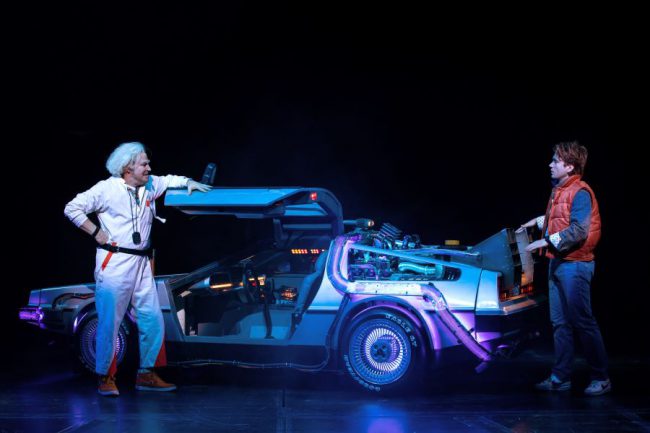
Q: Do you have any advice or tips for those who are just starting out?
JW: Get as much volunteer experience as possible to start with. If you have a local theatre nearby, even if it’s amdram, do it. It puts you in the environment and gets your brain thinking the way backstage workers do, which can hopefully progress you to the next level. I also always tell people not to rush to the top! Cruise ships will often skyrocket you up in a different way because you’re isolated at sea and need to problem solve on your own. But on land, take your time. If you’re only twenty, you still have another 30 years of your career. Get the experience, get your reputation because it’s so important. If you work hard at those things, the jobs will come.
Q: What is the biggest challenge in automation?
JW: The biggest challenge is probably how much problem solving there is. You often don’t know what will go wrong, and it will likely be something you haven’t dealt with before. It’s where you have to prove your skills as a problem solver and get to the root of the problem. Running a show is easy, it’s when something goes wrong that is the challenge. One time, the show almost got cancelled because there was a floor track that wasn’t moving. We spent thirty minutes trying to make it work and the audience was waiting in the house which puts so much pressure on you. Luckily that time, we managed to fix the problem two minutes before the show cancellation cut off time, but it is definitely stressful.
Q: What was the process of BTTF going from Manchester to London to Broadway?
We put the show together in Manchester. The director had a concept, and we created that concept. Thanks to COVID, there was a year and a half in between that and the big opening so it gave them a big chance to see what worked and what didn’t. Because we’re going to a different venue [in the West End] of a different size, the set designer had to redesign some pieces. A lot of cast and crew changed so we had to completely re-tech the show with all the new elements.
In terms of going to Broadway, a lot of that team have come here and we get the chance to give feedback to the designers since we do it every day. Especially with the car, there has been a lot of involvement; it’s a different size stage [in New York] so things will change; how they’ve programmed some of the turns etc. The Broadway stage manager is also here right now and she sat at the desk and watched me a few days ago so she can pass on how we do it here.
Q: If you could be a different kind of theatrical technician, what would you be?
JW: I think audio. The complexity of mixing a show fascinates me. A good audio technician will ensure that every cast member’s mic is off when they’re not saying lines, they know the whole script, they have every single sound effect, a band to mix, they have all of that to think about. For me, the hardest workers backstage are the sound mixer or the DSM, in terms of complexity. But I couldn’t do it because I don’t have the ears for it!
Q: What are you doing next?
JW: I’ve actually started a new job last week on Moulin Rouge! I don’t go full time until May (when I’m done at BTTF) but I’ll be doing the same role, though very different as this is a bigger show in a much smaller venue. It’s a lot more to take on and will be a bigger challenge but I’m absolutely loving it and I can’t wait to get going!


